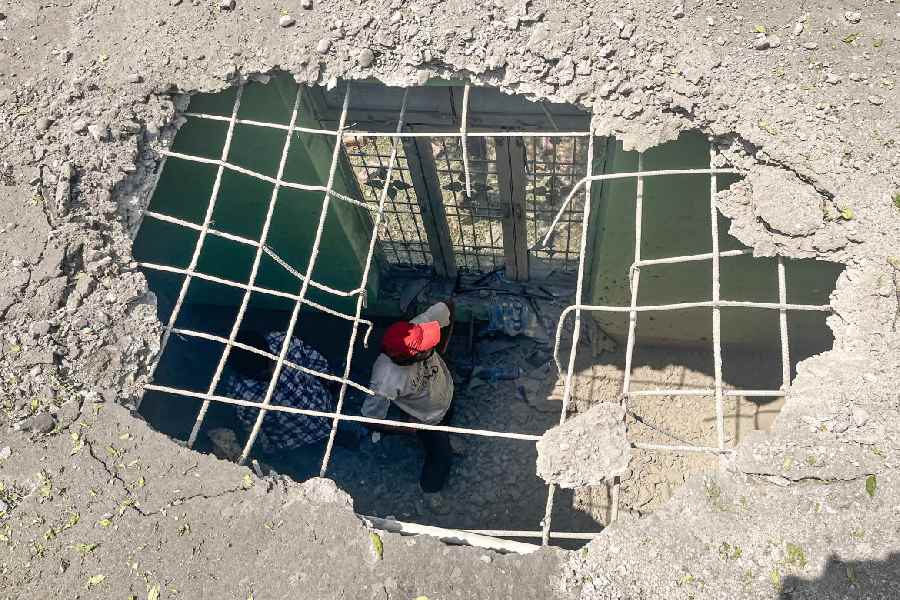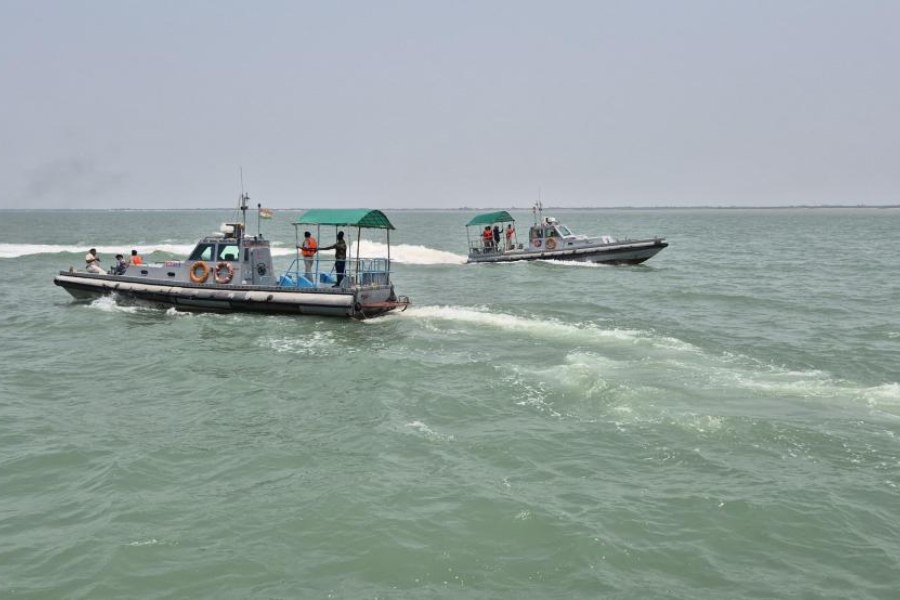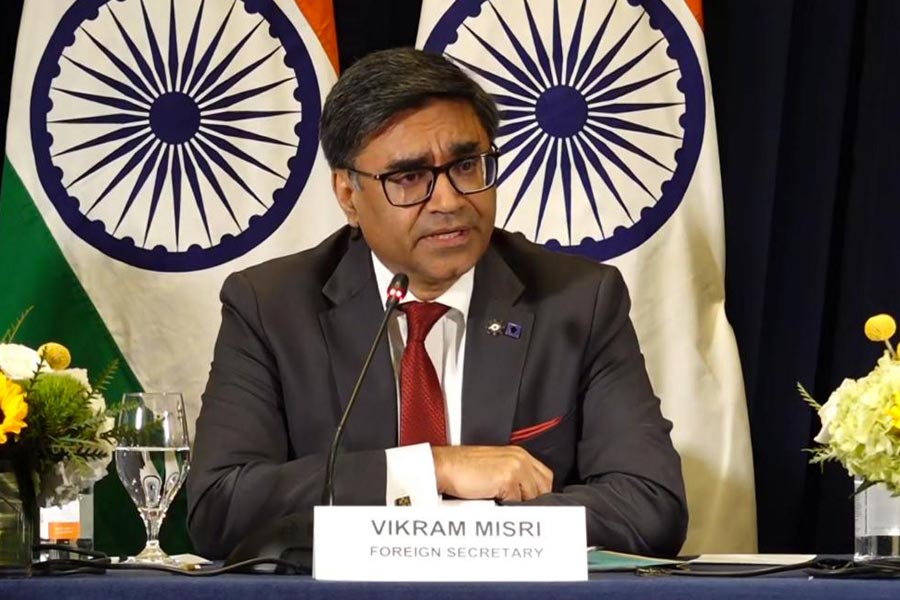 |
| Jairam Ramesh |
Calcutta, Dec. 28: Three proposed hydroelectric projects in Sikkim that the state government hopes will bring it revenues are being opposed by an organisation of Bhutias and Lepchas on religious and environmental grounds.
“If the proposals are cleared, we will oppose them with all our might,” said an activist of the Sikkim Bhutia Lepcha Apex Committee, which is spearheading the protests.
The committee has twice written to the Union environment and forests minister, Jairam Ramesh, asking him to scrap the projects planned on the Rathong Cho river, which local populations in western Sikkim consider holy.
“The Khangchen Dzonga Yuksun area (where the projects are planned) is a bio-eco hotspot and home to some of the rarest and vulnerable flora and fauna in the Himalayas,” said one of the letters.
As of now, the National Board of Wildlife has withheld environmental clearance to one of the projects, the 96MW Lethang hydel scheme. But the Sikkim government hopes to get it cleared eventually.
Requests for clearance to the other two — the 99MW Ting Ting project and the 97MW Tashiding project — are lying with Jairam’s ministry.
“We want the remaining two projects scrapped too,” said Tseten Tashi Bhutia, convener of the committee.
“The projects are not acceptable from religious, socio-cultural and environmental standpoints. They can even wipe out the sacred land of the Bhutias and Lepchas, the indigenous tribal people of Sikkim.”
The state government, however, strongly backs the projects, to be constructed by private companies. The Sikkim power development corporation has procured the land.
State power minister S.G. Lepcha said: “These protests are the handiwork of a (particular) group of people. The projects were planned following a demand from local people. There was no protest during the public hearings on the projects.”
Lepcha, though, admitted that the projects were not just meant to supply power locally but to generate revenues by exporting power outside Sikkim. “Sikkim has a huge potential in hydro power. We are trying to tap a part of that,” he said.
Members of the Sikkim Bhutia Lepcha Apex Committee alleged that the public hearings had been “manipulated”.
“Instead of the state pollution control board, it was the private companies that organised and controlled the programmes. Even the government officials came to the hearings in cars arranged by them (the companies). There was large-scale arrangement of food and entertainment,” said one activist.
In 1997, the Sikkim government had itself scrapped a hydel project in virtually the same area after a committee withheld recommendation to it.
“The Sikkim Himalayas are richly endowed with biological resources…. Orchids are abundant; (there is a) rich wildlife represented by the Himalayan black bear, musk deer, fishing cat, leopard cat, black-capped langur and a rich bird life.... This unique landscape unit should be protected,” the one-man committee of P.S. Ramakrishna, from the JNU School of Environmental Sciences, had said.
Dipak Chakrabarty, an environment scientist with a government institution in Bengal, said “extreme care” should be taken before such projects are undertaken in the Himalayas, because of the dangers of huge deforestation, loss of biodiversity and landslides.










